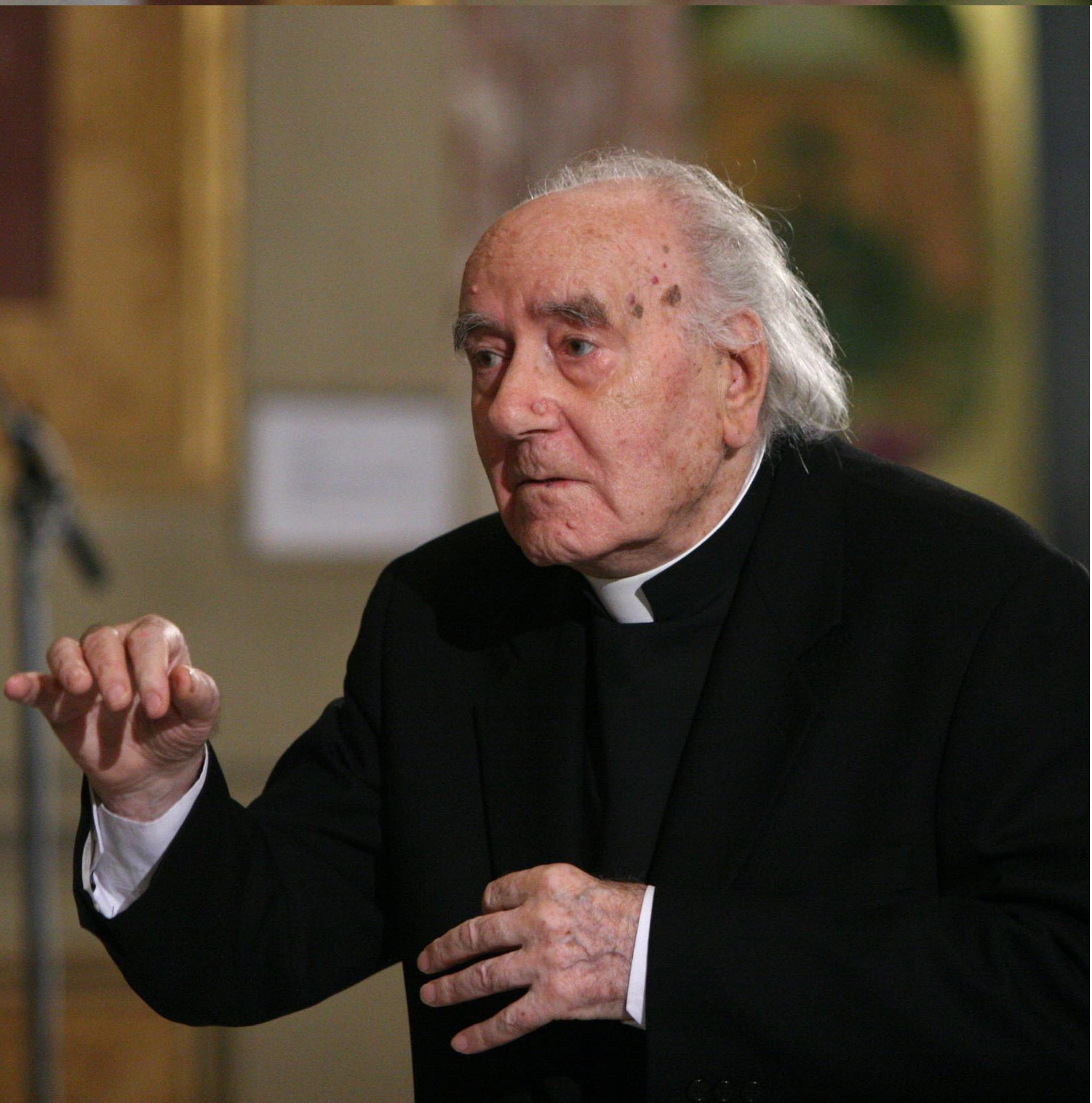An interview with Domenico Bartolucci (1917-2013)

Q: Was Perosi in some sense the harbinger of the current vulgarization of sacred music?
A: Not exactly. Today the fashion in the churches is for pop-inspired songs and the strumming of guitars, but the fault lies above all with the pseudo-intellectuals who have engineered this degeneration of the liturgy, and thus of music, overthrowing and despising the heritage of the past with the idea of obtaining who knows what advantage for the people.
If the art of music does not return to its greatness, rather than representing an accommodation or a byproduct, there is no sense in asking about its function in the Church. I am against guitars, but I am also against the superficiality of the Cecilian movement in music – it’s more or less the same thing. Our motto must be: let us return to Gregorian chant and to polyphony in the tradition of Palestrina, and let us continue down this road!
- by Sandro Magister, July 21, 2006
【Cecilian movement
Toward the middle of the (19th) century agitation for musical reform arose within the Roman Catholic Church. The Cecilian movement, named after St. Cecilia, the patron saint of music, was stimulated in part by interest in music of the past. The movement helped bring about both a revival of the sixteenth-century a cappella style and the restoration of Gregorian chant to what was considered its pristine form. The best Catholic church music in the early part of the century came from the pens of Luigi Cherubini (1760-1842) (Requiem in d minor-Graduale) - L. Cherubiniin Paris and Franz Schubert (1797–1828) in Vienna. Schubert's Masses in Ab and Eb are considered the period's finest settings of the Ordinary.
Source: Donald Jay Grout_ Claude V. Palisca - A history of western music-6th Edition - Norton (2001) - 6th Edition, p.599】